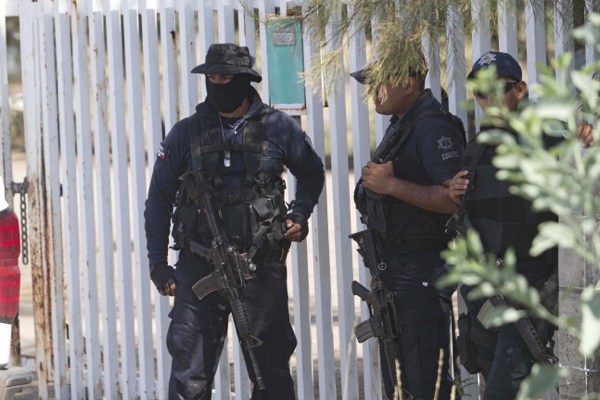On May 1, the first day of a military-led operation meant to restore peace in a region wracked by recent drug-related violence, Mexico’s western state of Jalisco suffered one of the deadliest days in its recent history. Across the region, a bold new criminal gang known as the Jalisco New Generation Cartel reportedly shot down a military helicopter with a rocket-propelled grenade, set 11 banks and 19 gas stations on fire and used flaming vehicles to put up at least 39 roadblocks. The attacks, apparently carried out by the group to prevent the capture of its leader, killed 15 people, including 6 soldiers and a government official. They came just over three weeks after the cartel, known by its Spanish acronym CNJG, ambushed a police convoy on a country road, killing 15 police officers and injuring five more. In March, the CNJG had killed five federal police officers.
The CNJG emerged in 2010 from two older outfits, the Milenio gang and a branch of the Sinaloa cartel. Last month, the U.S. Department of the Treasury added the organization and its current leader, Nemesio Oseguera Cervantes (or “El Mencho”), along with his brother-in-law Abigael Gonzalez Valencia—leader of Los Cuinis, another cartel—to its so-called kingpin list of wanted drug traffickers.
Like similar groups in Mexico, the CNJG is often characterized as a drug cartel, but given the range of activities it is involved in, the term is a misnomer. The group has indeed made much money off of methamphetamine and heroin trafficking, largely thanks to Jalisco’s strategic location for shipping. However, they have also heavily relied on kidnappings and extortions, including within Jalisco’s famous tequila industry. An important part of the gang’s strategy has also been to portray itself as a partner of government authorities and self-defense forces in neighboring Michoacan, where it has killed members of the rival Zetas and the Knights Templar cartels—a clear departure from the traditional definition of cartels, as “a group of similar, independent companies which join together to fix prices, to limit production or to share markets or customers between them.”

